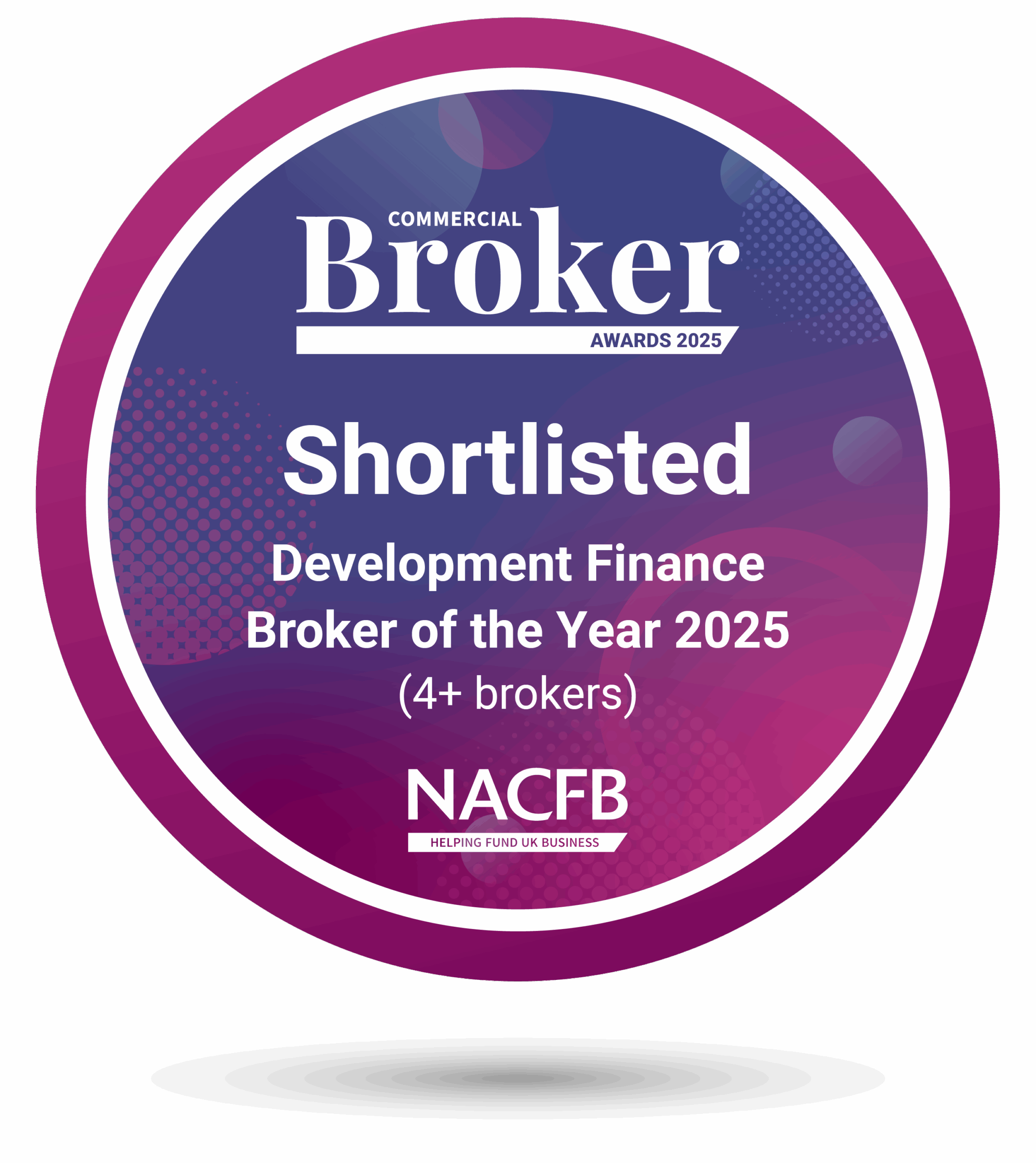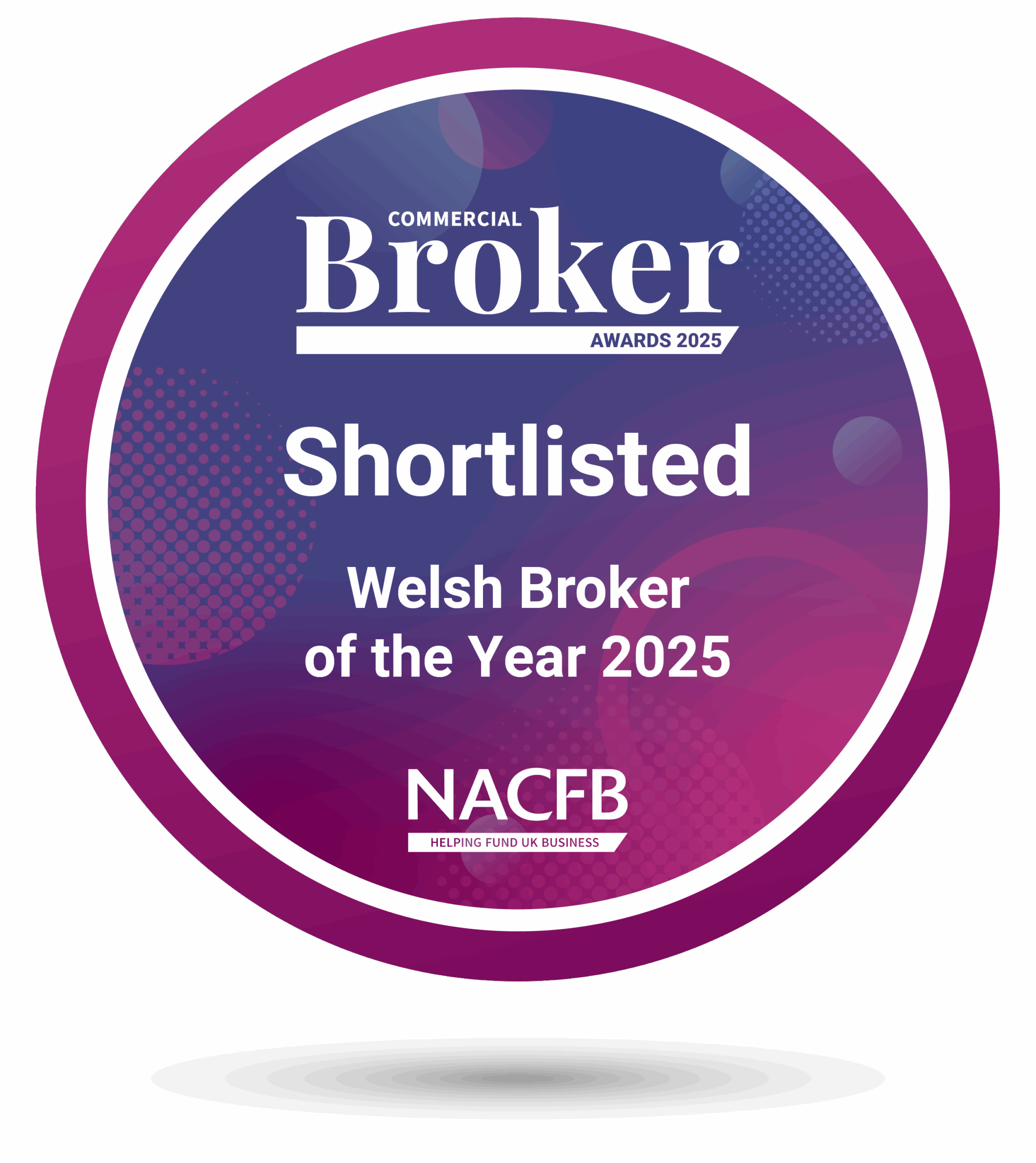April 21st, 2025.
Fund Your Property Purchase with a Bridging Loan: Step-by-Step Guide

Are you looking to purchase a property but need quick access to funds? A bridging loan might be the solution you need. So let’s walk through the entire process of securing a bridging loan, step-by-step, including key requirements, timelines, and tips to increase your approval chances.
What is a Bridging Loan?
A bridging loan is a short-term financing option designed to bridge the gap between immediate financial needs and long-term funding. It is commonly used by homebuyers, businesses, or investors who need access to funds quickly [1]. Bridging loans provide immediate cash flow while you finalise the sale of an asset or secure permanent financing.
Step 1: Understand When a Bridging Loan is Right for You
Before starting the application process, evaluate whether a bridging loan aligns with your needs.
Bridging loans are ideal for:
- Purchasing a new home while waiting for your current property to sell.
- Covering business expenses while waiting for long-term financing.
- Managing urgent cash flow needs during a transitional period.
It is very important to make sure you have a clear exit strategy, such as selling an asset or securing other financing, to repay the loan on time.
Step 2: Consult a Broker
Navigating the world of bridging loans can be complex, and consulting a broker can simplify the process. Brokers, like us, have extensive knowledge of the market and can help you find the best loan options tailored to your needs.
Benefits of using a broker include:
- Access to a wide range of lenders and loan products.
- Expert advice on the best terms and conditions.
- Assistance with paperwork and documentation.
- Negotiation of favourable rates and terms.
By working with a broker, you can save time, avoid common downfalls, and increase your chances of securing the right bridging loan for your property purchase.
Step 3: Gather Necessary Documents
To secure a bridging loan, you’ll need to provide thorough documentation to demonstrate your ability to repay the loan. Commonly required documents include:
- Proof of income (pay slips, tax returns, or financial statements).
- Credit history and score.
- Details of the asset you’re using as collateral.
- A clear exit strategy, such as a sale of a property or refinancing plan[1].
Having these documents ready can speed up the application process.
Step 4: Complete the Application Process with a Broker
Once you’ve selected a broker, like us, we will guide you through the application process.
The application process will normally include:
- Filling out an application form: Your broker will help you complete this, making sure the information is accurate. This will include information about your financial situation, assets, and liabilities etc.
- Submit supporting documents: Your broker will request all the required documentation from you to be included to support your application.
- Answer follow-up questions: Be prepared to clarify details or provide additional documents if requested by the lender, with your broker assisting you throughout the process.
Step 5: Understand the Timelines
Unlike long-term mortgages that can take months to arrange, bridging loans are designed for quick release of funds. Typically, you can expect to have a bridging loan approved and funded within 3 to 14 days from your initial application. In some exceptional cases, it’s possible to secure a bridging loan in as little as 24 to 48 hours.
Step 6: Increase Your Approval Chances
To increase your chances of securing a bridging loan, consider the following tips:
- Maintain a strong credit score.
- Demonstrate sufficient liquidity.
- Have significant equity in your current property.
- Prepare detailed documentation.
- Understand the market value of your current and future property.
- Choose the right lender and negotiate terms.
- Have a clear exit strategy
Conclusion
Securing a bridging loan can be a straightforward process if you understand the requirements and prepare thoroughly.
By following these steps, you can increase your chances of approval and ensure a smooth transition to your new property. Whether you’re a homebuyer, business owner, or investor, a bridging loan can provide the quick access to funds you need to seize opportunities.






